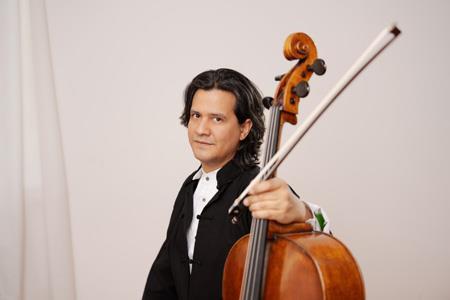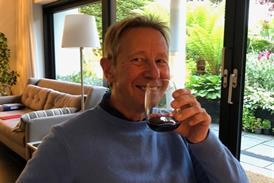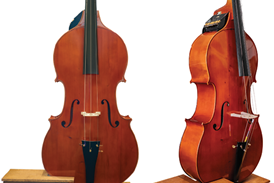Peter Quantrill tunes into the show from Teldex Studios, Berlin, Germany, on 16 June 2021

More active as a teacher (at the Kronberg Academy et al) than a recording artist, the Berlin-based Claudio Bohórquez is a musician of a slightly unfashionable kind, bringing a burnished legato and long, cantabile phrasing to everything he played on this well-planned short studio recital.
In the recital’s rather stiff preludial conversation, his artistic partner Christoph Eschenbach discussed the importance of the first pianissimo for setting the mood. A little patience was required, while the piercing expression of the pianist’s limpid voicing in Schumann’s Adagio and Allegro rather stole the show from the cellist – Eschenbach has been a master of this repertoire since before Bohórquez was born – but it was worth waiting for, in the Two Pieces by the 15-year-old Anton Webern. Time stood still in these five minutes. The young Webern could capture a mood of calm expectancy in music like no one else, and Bohórquez lingered without breaking the line, wonderfully even across the registers, applying vibrato like a caress.
In similar fashion, Bohórquez and Eschenbach made light of the high line and somewhat uncellistic writing in the Arpeggione Sonata. They gave us Schubert the melancholy wanderer and Romantic before his time, especially in the yearning meander of the slow movement, but no worse for that, and the caramel middle register of Bohórquez was a thing of beauty in its own right. By comparison, the final Louange of Messiaen’s Quartet for the End of Time felt unsettled and hard pressed, like an encore no one asked for. But don’t miss the Webern.
PETER QUANTRILL









































No comments yet